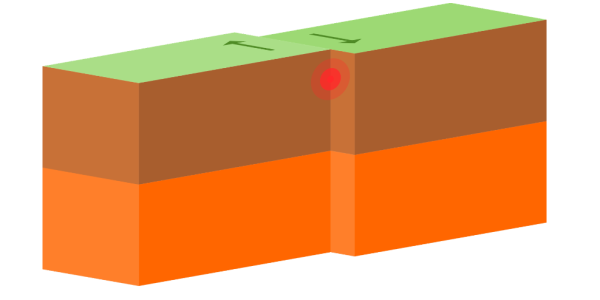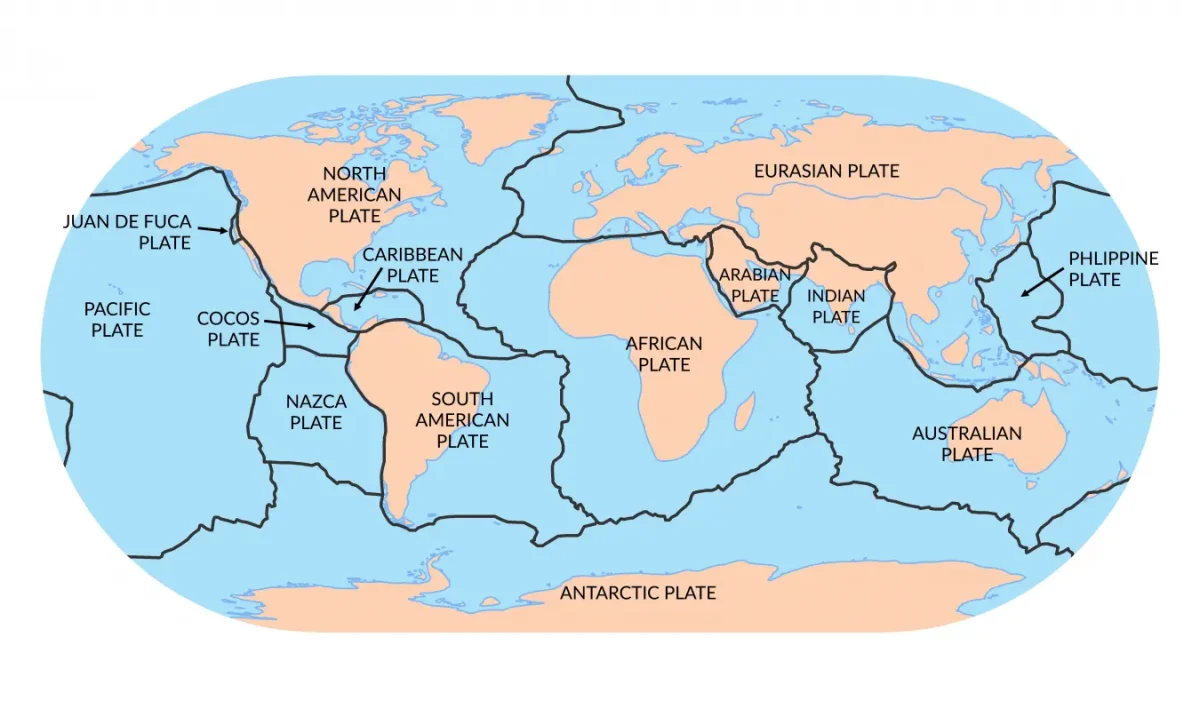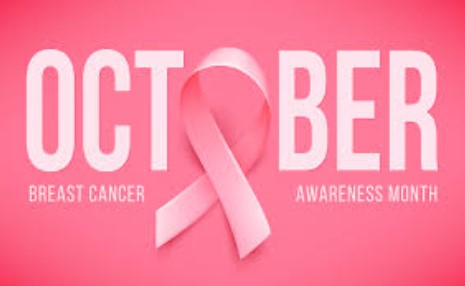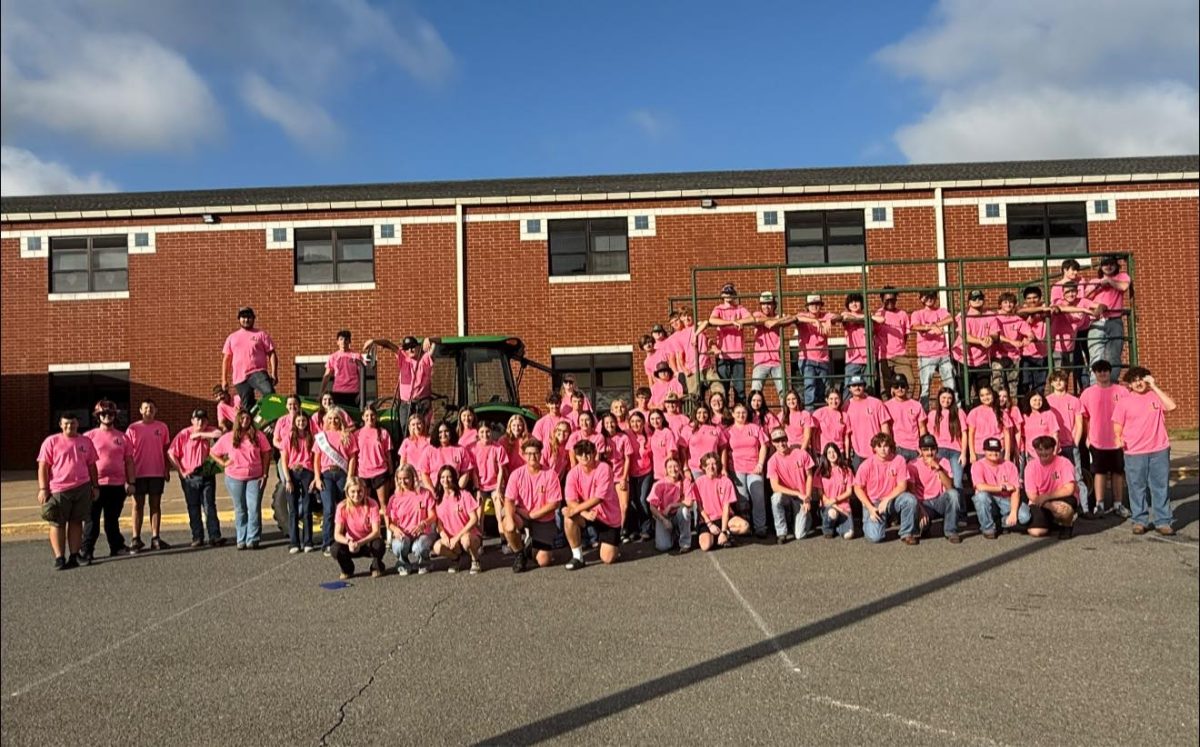Have you ever wondered about the layers that make up the Earth? The tectonic plates are a huge part of the Earth’s natural events that occur.
What are tectonic plates?
Tectonic Plates make up Earth’s outermost layer, the crust. They are gigantic plates made out of rock that sit on top of the earth’s mantle. They slide past each other which causes things like earthquakes, volcanic eruptions, and mountain-building events. They slide past each other in different ways, called plate boundaries. There are three types of plate boundaries; Divergent, convergent, and transform.
Divergent boundaries
Divergent boundaries are when two plates move away from each other. Along this boundary, earthquakes are common and magma rises to the earth’s surface. The mid-Atlantic ridge is an example of this type of boundary.
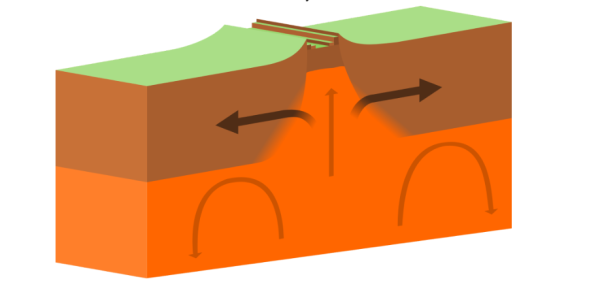
Convergent boundaries
Convergent boundaries are when two plates come together. When this happens, the force of the collision causes one or both plates to be pushed up into a mountain, and the other may be forced down into a trench. Volcanic chains and powerful earthquakes are common along convergent plate boundaries. The Pacific Ring of Fire is an example of a convergent plate boundary.

Transform boundaries
When two plates slide past each other, it’s called a transform boundary. Natural and man-made structures along boundaries are offset over time, split into pieces, and carried in opposite directions. In contrast to convergent and divergent boundaries, rock is cracked and broken as the plates slide past each other, but not created or destroyed. Earthquakes are common along these boundaries. An example of a transform plate boundary is the San Andrés fault line.
